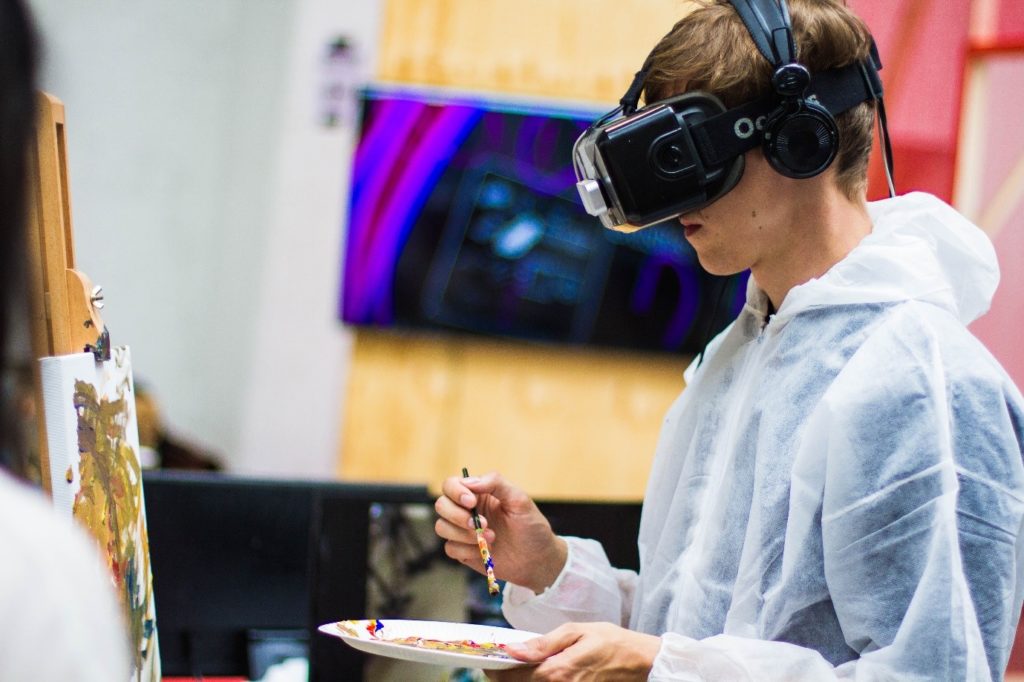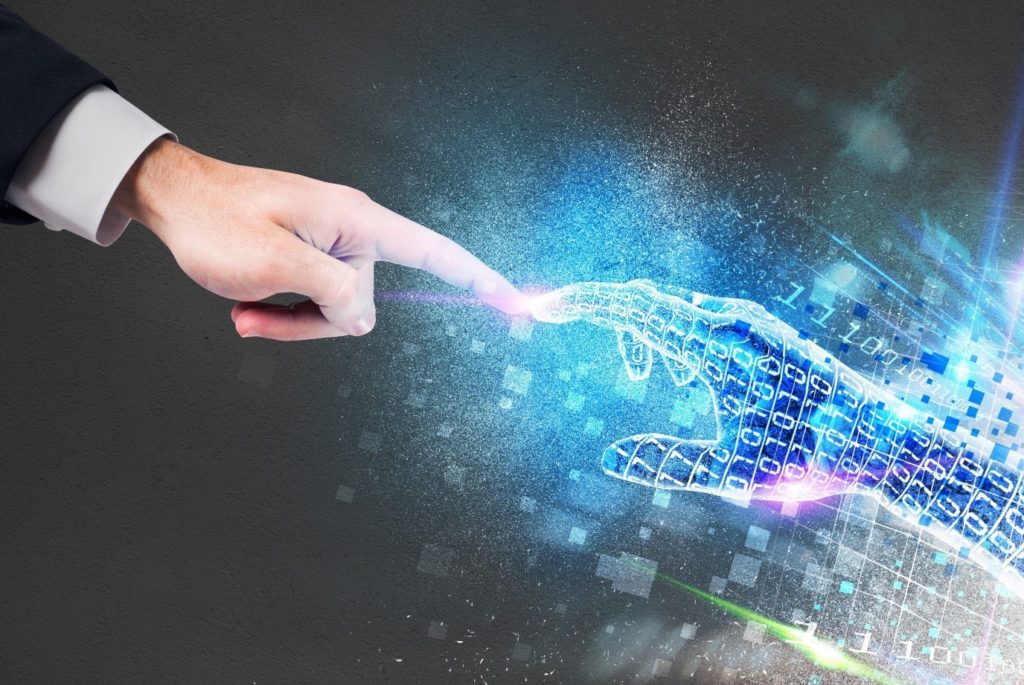Technology is going above and beyond and it is fascinating what it can do now in the 21st century. Bionic prosthetic hands are rapidly evolving and are gradually becoming in high demand, it encourages and inspires technologists for the next craze but most importantly, enhances the everyday life of others, physically and mentally.
Another piece of technology that is changing people’s lives is Virtual Reality (VR), a computer-generated (CG) environment that allows users to immerse themselves in an artificial world that feels real to the sensory perceptions.
This high demand piece of technology was predicted decades ago, to be precise in 1935 by Stanley G. Weinbaum in his science fiction novel Pygmalion’s Spectacles – A character explains about an idea of a pair of goggles that lets the user experience a fictional world through holographics, smell, taste and touch.
Here’s an extract from Weinbaum’s book; “But listen—a movie that gives one sight and sound. Suppose now I add taste, smell, even touch, if your interest is taken by the story. Suppose I make it so that you are in the story, you speak to the shadows, and the shadows reply, and instead of being on a screen, the story is all about you, and you are in it. Would that be to make real a dream?” Uncanny how representative Weinbaum’s ‘fictional’ prediction is now fiction and how technology has evolved to today!
From Weinbaum’s prediction in the 20th century to now, today in the 21st, we are starting to see a wide scope of industries embracing VR technology, for example, industries such as medicine, architecture, automotive and travel, amidst many others. This innovative piece of technology is changing peoples everyday ways of life, especially for a girl called Maisy.
Maisy lost the majority of her sight due to a brain tumour, and is limited to only a tiny blurry circle in her right eye. Thanks to technology rapidly advancing, Maisy was able to see and read again with the help of GiveVision goggles from SlightPlus, they help visually impaired and low vision people see clearly again by using contrasting and magnifiers to highlight outlines of objects, amplifing the users remaining vision.
Watch Maisy’s reaction of being able to read again at the Hay Festival 2019 here.
Virtual Reality is maturing as a piece of technology with aspects that would have not been believable decades ago, with it heightening senses and breaking the boundaries of what technology can give. It encompasses surgery planning, education training, workforce training and health and safety.











